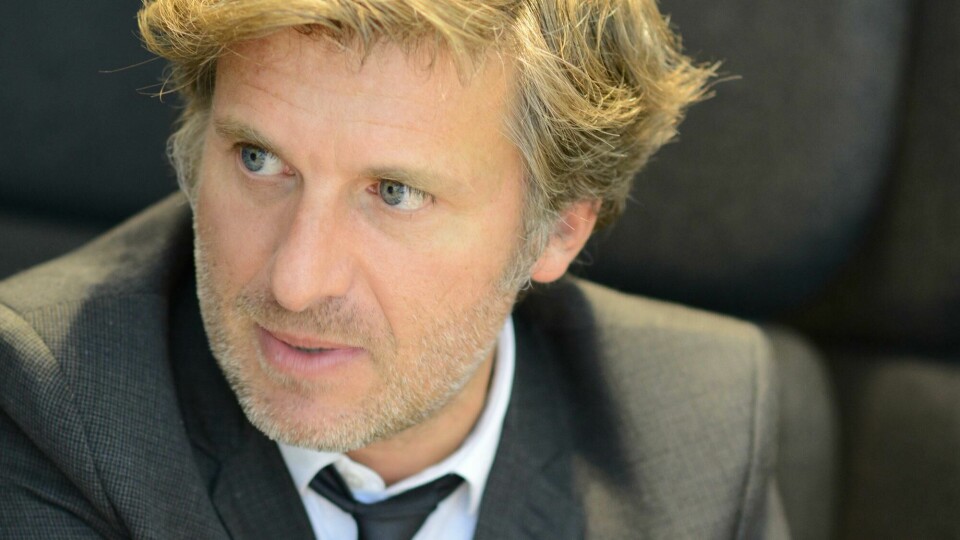
Geneva 2018: Citroën’s Alexandre Malval on the Berlingo Multispace
Design director of Citroën Alexandre Malval on working across three brands
CDN caught up with Citroën design director Alexandre Malval at the Geneva show to talk about the process of designing the new Berlingo Multispace – a people-carrier based on a commercial vehicle, designed in collaboration with Peugeot and Opel.

CDN: How do you approach the design of a vehicle when you know it’s going to wear three different badges?
Alexandre Malval: Obviously the freedom in terms of styling is not the same as you’d normally have. Internally we call this working in “programme mode” – the different design teams work together from the beginning, to get the best fit for all of the brands. In this case, Peugeot and Citroën started the project and Opel came in a little later.
In terms of styling one important thing is where to put the bonnet split, for example, so you can have a specific bumper [and grille] for each brand, which also links into the cost of engineering. On the body side you need to find wheelarches that work for both brands and at the end you need to have your own detailing – like the Airbumps we have on the Berlingo. [Peugeot, meanwhile, has added chunky arch cladding to its Rifter version of the car.]

Peugeot’s version, the Rifter
CDN: Was it an advantage that Peugeot and Citroën design teams work in the same building?
Yes, and we get along very well with Gilles Vidal [Peugeot director of design] and his team. For the interior, we decided not to make a traditional competition. We took one of my designers and one of his, put them in the same room and said: both of you, you have to do two dashboards together. Instead of making one competing with another and then making a third proposal as a compromise.

The Citroën’s dash…

…and the Peugeot’s
CDN: Was there competition between exterior themes?
At the very early stages we did some data models, one at Peugeot and one at Citroën, but it was not a traditional competition. It was very constructive; we weren’t hiding our proposals from each other. When you do a real competition with strong barriers, the convergence process takes much longer. So the risk is that you lose energy and time and money.

CDN: The Berlingo Multispace has an A-post treatment that looks very Citroën; in fact it looks a little odd on the Peugeot Rifter. Assuming that was a styling point in your favour, where did Citroën lose out?
What was very important for us was to be able to make a differentiation. So we have our black A-post, roof bars in our own style, bumpers, and the front end that shares some components with C3 Aircross and C3, like the LEDs for the daylight lamps.
The whole group is very aware of how far we can go in this strategy. We have our own dashboard – Peugeot’s is different – and for us we have enough to make real differentiation on the street.
CDN: The Berlingo uses PSA’s EMP2 car platform components at the front end, spliced with a van platform at the rear. How did this basis influence the styling?
It had a strong influence. It helped us have a shorter front overhang because, when the EMP2 platform was designed for the C4 Picasso and Peugeot 308, the goal was to put the wheels in the corner to give a good stance for all the cars on this platform. The track is also wider, which helps. [Compared to the previous Berlingo the driver H-point has gone up and the front seats have moved forward to increase rear legroom.]
The driving sensations are much better with this platform, so the Berlingo will make a big, big step forward compared to the previous one.




